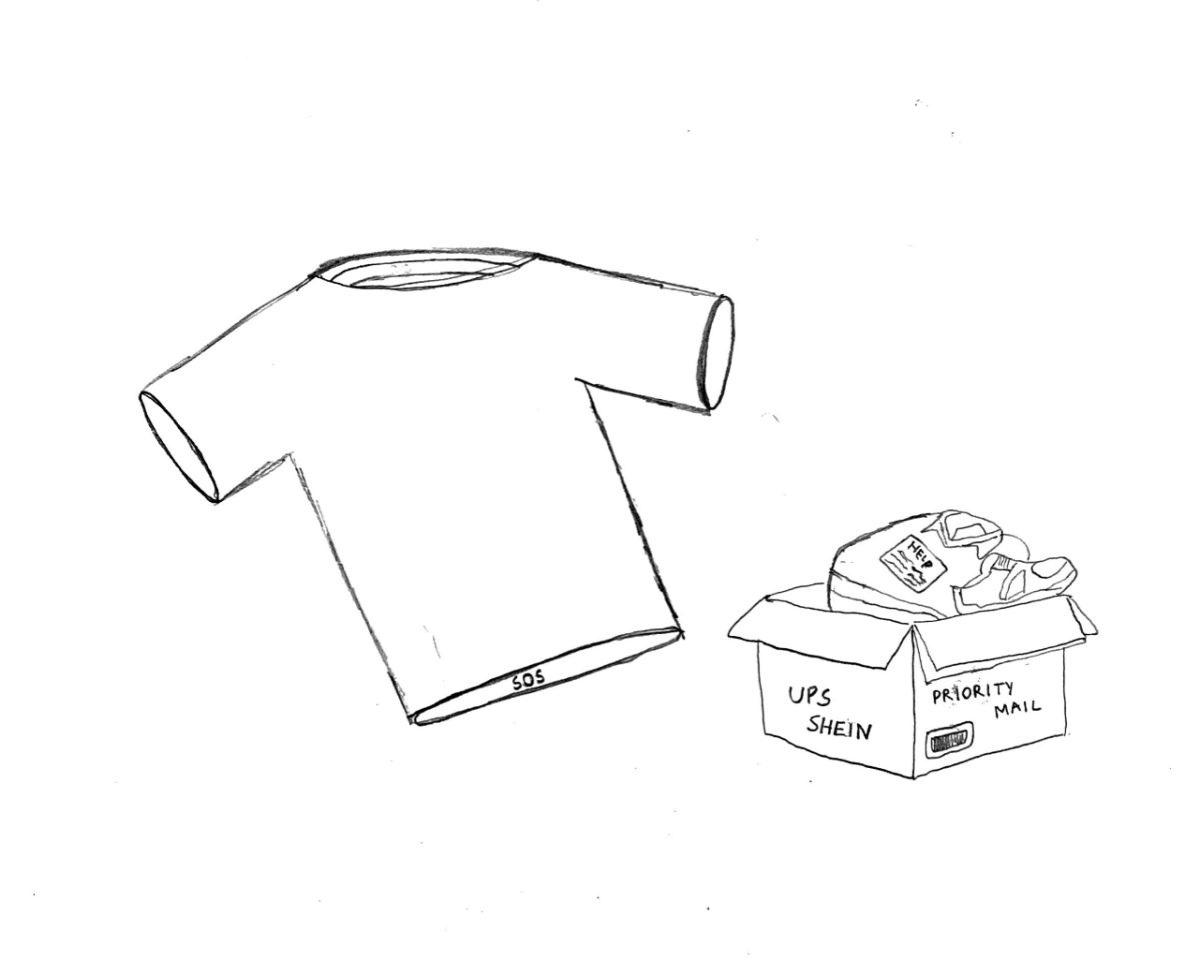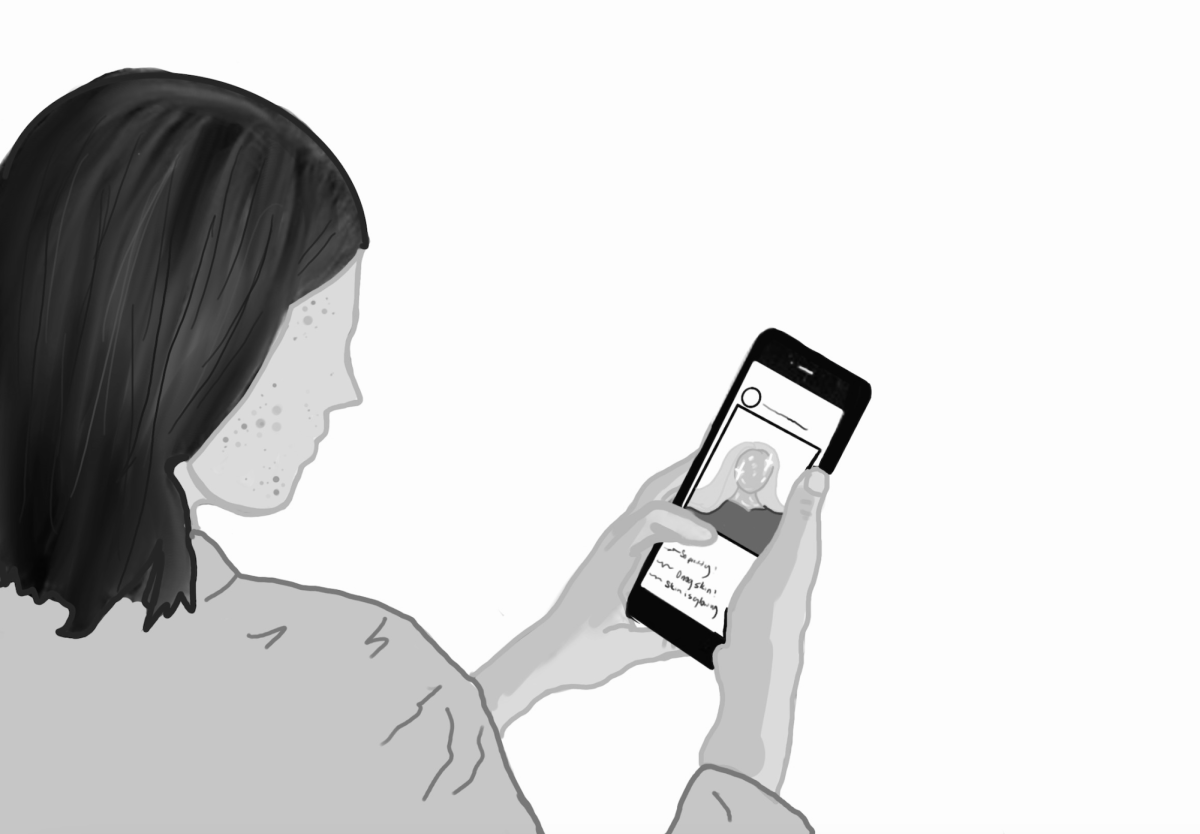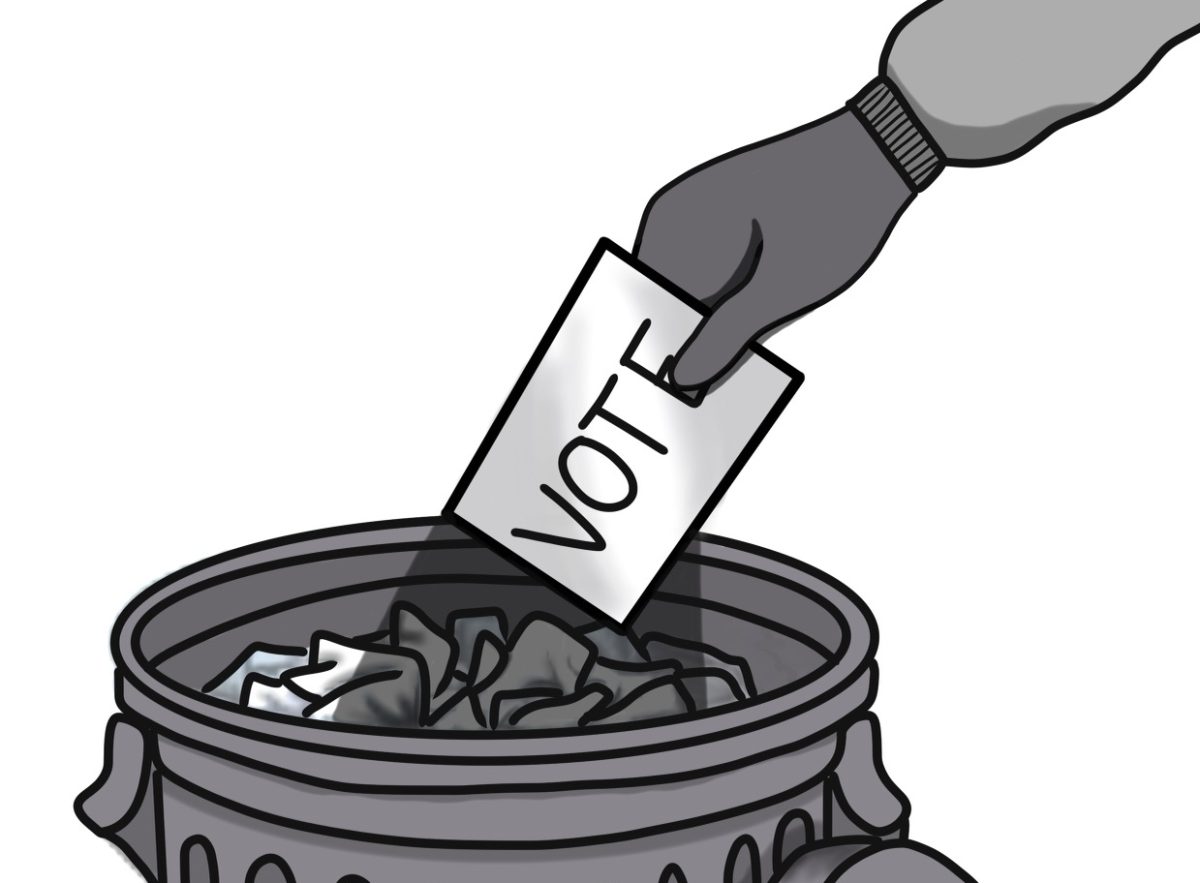Teens worldwide are drawn to fashion as a way to express themselves, playing off their need to feel confident and boost their mood. These adolescents are often looking for cheap clothing so they can buy more and feel less guilty about spending their money. Every cent cheaper seems worth it to teenagers and this lure to secure the newest, cheapest clothing items promotes fast fashion. Multiple mass-production retail companies rely on child labor to produce low-cost clothing for little to no pay. This provides a larger profit for the companies at the expense of the underage and underpaid laborers.
Child labor is behind more retail industries than most people think. It targets areas of poverty where children must work at young ages to provide income for their families. This is a cruel and abusive system for many reasons but primarily because it prays on the vulnerable, less fortunate individuals who have nowhere else to turn. It degrades the people who play a valuable role in our society by supplying us with the necessities we need in our everyday lives. Additionally, child labor takes away a child’s education. Instead of being in school, these adolescents are working in large factories to support their families. The problem of harsh working conditions also comes into play in some of these mass-production retail factories. Unsafe machines controlled by these non-skilled children can cause injuries, some even fatal.
Some may argue that not all of this labor is forced. This is true, however many of these children who are victimized by this brutal practice are pressured to work in order to keep their families out of extreme poverty. This is a manipulative system that takes advantage of these adolescents just so that the manufacturing companies can come out successful. The overworking of children with long hours and few breaks, along with mental, physical, and sometimes even sexual abuse, are only a handful of the deprivations that these minors endure.
Shape Charity puts the numbers into perspective with a statistic that reveals how 60 percent of laborers in the global fashion industry are children under the age of 18. Surprisingly, many huge retail companies that you would never expect to participate in child labor do, including Forever 21, Urban Outfitters, Victoria’s Secret, Gap, Nike and Adidas. Countless teens in our district support these companies while being oblivious to the real damages they are causing. That being said, there are a handful of people who are aware of these companies’ child labor practices when they are buying, but simply see it as a small price to pay to lessen the cost of the items they are purchasing.
On the other hand, there are companies such as North Face, who prioritize ethical production. North Face is one of the large brands that values its impact. They take steps to not only treat workers fairly and with respect but also to have a less negative impact on the earth as a whole. The manufacturer of North Face, Vanity Fair Mills, recognizes human rights and values their workers. Fashion industries should look to North Face as an example of how one can still make a large amount of profit while treating their workers fairly. Most importantly keeping the hands behind the work that makes it all possible satisfied.
In a Medium article, a young girl, Bithi, tells her story of how she participated in labor as a minor. Bithi is a fortunate Bangladeshi girl who works in a good factory, but she sees many others around her who aren’t as lucky. At 12 years of age, Bithi was forced to go work in a factory when her father became sick and her family was running out of food due to extreme poverty. Her dreams of being a doctor were taken away when she was forced out of education and into the factories. “I just dream of standing on my own feet,” Bithi says.
Her dreams are of a world where children can grow up without having to live through the struggles she endured and have a chance at making their dreams become a reality.
As students of Redwood High School, we can make a difference by monitoring our consumption of clothing. We can invest in clothing from responsible companies that are not a part of this cruel organization, such as North Face. We also need to speak out and spread our knowledge so others don’t support the wrong companies. By taking these steps we can help to play our part in hopefully improving and one day abolishing child labor.




















